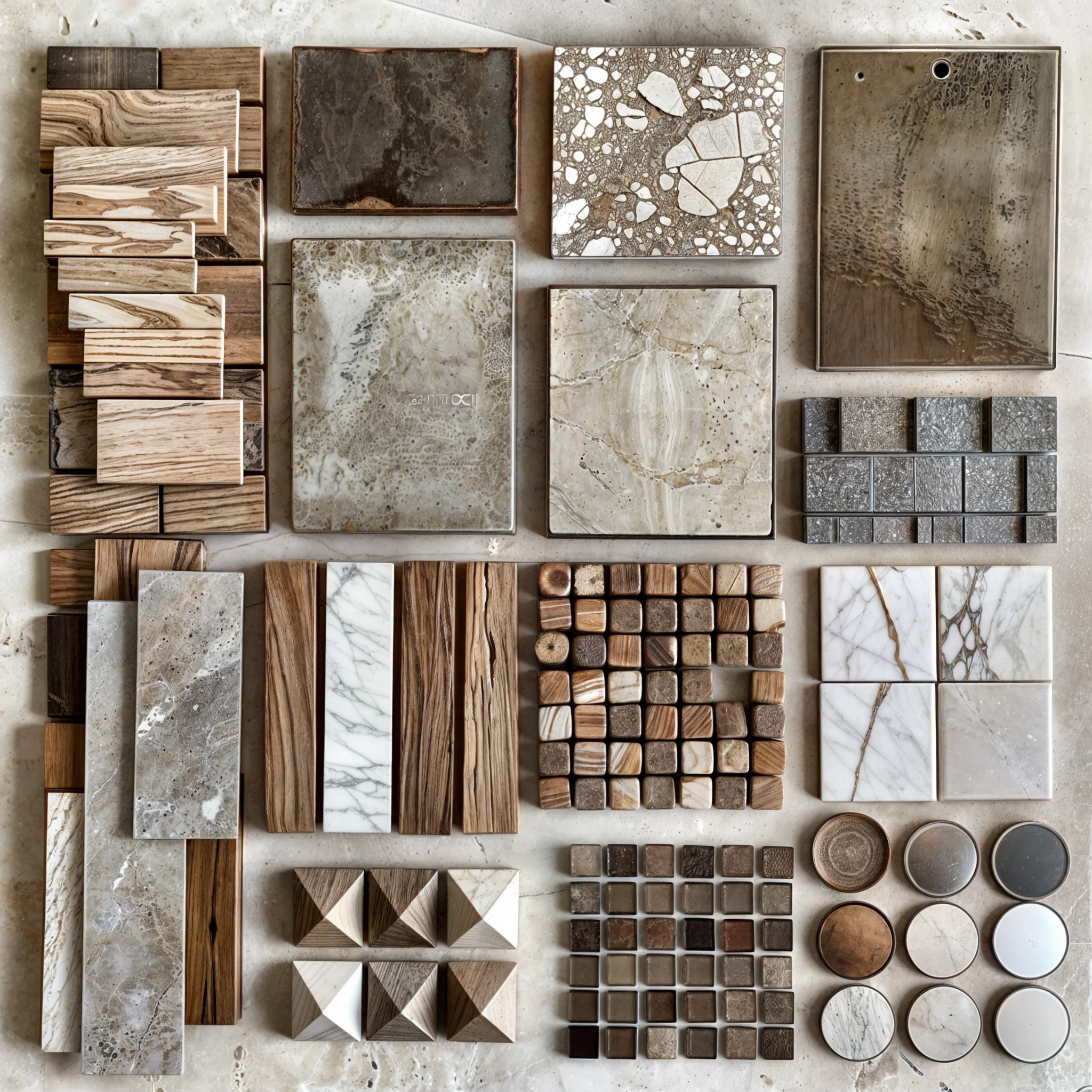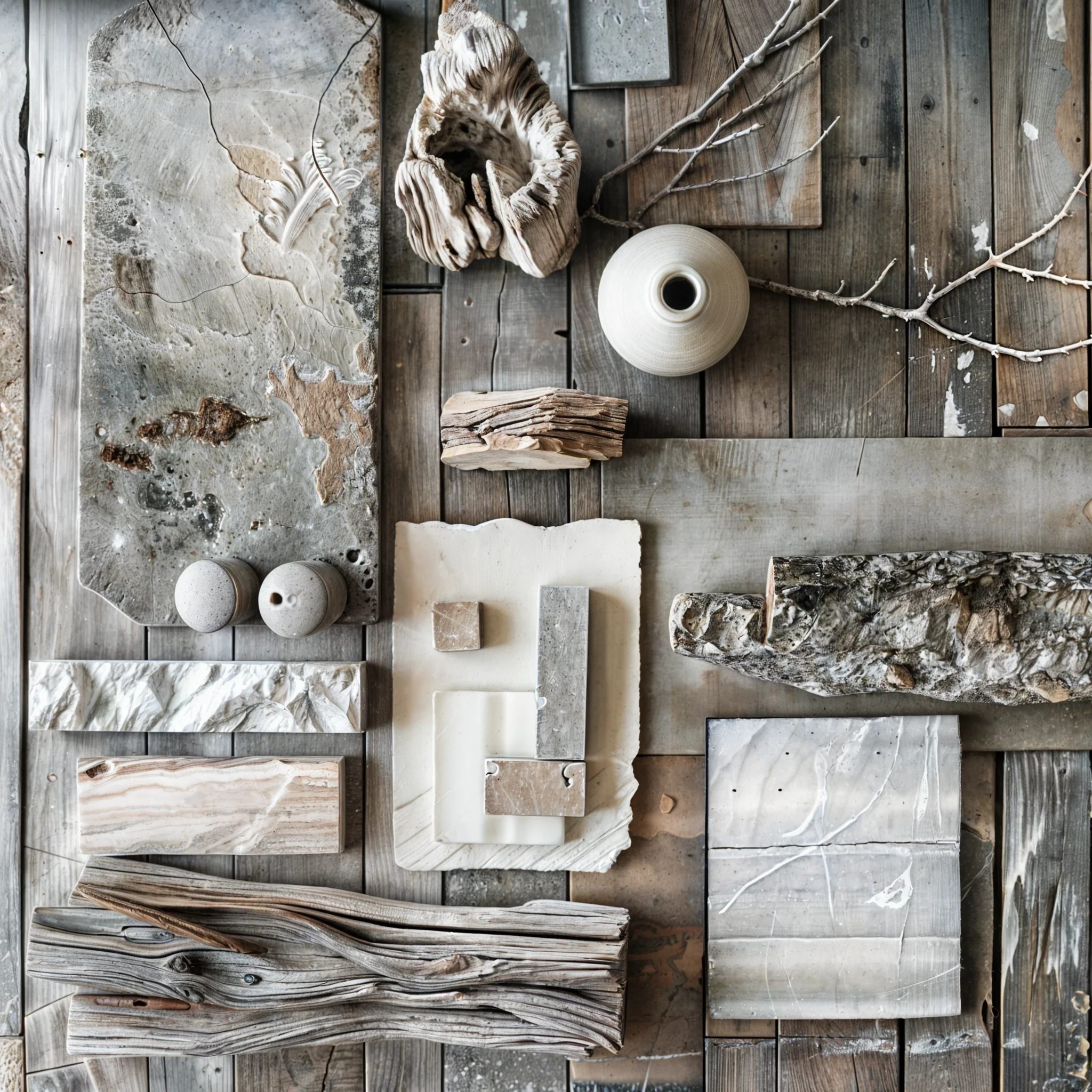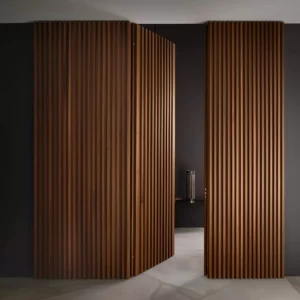Moodboards: A key tool in interior design
Moodboards are visual tools used in creative design to represent ideas in a concise way. They allow the collection of images, colors and textures to inspire and maintain the coherence of a project. Applied in various creative fields, moodboards play an important role in the conceptualization and planning of projects. They make it possible to communicate artistic direction, capture the attention of clients and maintain the unified vision of the team.
What is a moodboard
A moodboard is a visual tool used in various creative fields to concisely represent a concept or idea. It consists of collecting images, colors, textures and other visual elements that serve as inspiration and guide in the creative process.
Use and purpose of moodboards
- They help to organize ideas in a visual way.
- They encourage creativity and exploration of concepts.
- They facilitate the communication of ideas between creative teams.
Importance in creative design
Moodboards are fundamental in creative design, as they capture the essence and aesthetic direction of a project in a clear and concise way. They serve as a starting point for the conceptualization of designs and the creation of a coherent visual identity.
Creating a moodboard: step by step
When creating a moodboard, it is essential to follow an organized and detailed process that allows you to effectively capture the concept or idea you want to communicate. The following are the key steps to successfully create a moodboard:
Brainstorming and concept definition
- Gather the creative team together to brainstorm ideas.
- Clearly define the central concept or theme to be represented.
- Explore diverse sources of inspiration to enrich the creative process.
Collection of elements and materials
- Look for images, colors, textures and other visual elements that align with the defined concept.
- Uses both physical and digital resources to collect the necessary materials
- Be sure to select varied elements that add visual richness to the moodboard.
Review and curation of selected items
- Critically analyzes the collected elements to ensure their consistency with the initial concept
- Discard those elements that do not contribute to convey the main idea in an effective way.
- Adjust the arrangement and composition of the elements on the moodboard to achieve a visually appealing result.
Moodboards in practice
Interior design applications
Moodboards are fundamental tools in interior design, allowing designers to collect images, colors and textures to inspire and maintain the coherence of a decoration project.
Digital Moodboards and online authoring tools
The advancement of technology has facilitated the creation of digital moodboards through various online tools, such as Miro, which allow design teams to work collaboratively and efficiently in the collection of visual elements.
Examples of inspiring moodboards
Looking at examples of inspiring moodboards can help designers understand how different visual elements can be combined effectively to communicate an idea or concept clearly and concisely.
If you want to learn how to create a Moodboard, in Lobo Studio we made a tutorial that we have on Youtube and you can see below:
Benefits of using moodboards
Moodboards offer a number of key advantages that contribute to the success of a creative project. From guiding designers in visualizing ideas to maintaining brand consistency and identity, these tools are fundamental to the design process.
Guidance to designers and visualization of ideas
- It facilitates the understanding of the artistic direction of the project.
- It helps to translate abstract ideas into concrete visual elements.
- It allows designers to explore different creative approaches visually.
Maintaining brand consistency and identity
- Contributes to establishing a coherent and recognizable visual image.
- Ensures that all aspects of the design align with the brand identity.
- Helps convey brand values and personality in a consistent way.
Capturing customers' attention and unifying visions in the team
- It allows to present ideas to potential clients in an attractive and clear way.
- Facilitates communication between team members by having a shared visual reference.
- Helps align individual visions within the team towards a common goal.
Moodboards in different creative sectors
Uses in web design and branding
In web design, moodboards are key tools for establishing the visual direction of the site, selecting color palettes, fonts and graphic elements. In branding, they help define brand identity, convey brand values and differentiate from competitors.
Applications in user experience design (UX)
In user experience design, moodboards are useful for visualizing the interaction between users and the product, defining the information architecture, and creating intuitive and attractive interfaces. They allow establishing coherent visual guidelines that improve usability and user satisfaction.
Effective communication of the artistic direction of a project
Moodboards are effective tools for communicating the artistic direction of a creative project. They allow to visually convey abstract concepts, inspire the team and maintain visual consistency throughout the design process. They facilitate the understanding of the project's vision both internally and to clients.
Physical and digital Moodboards
Moodboards can be created in physical or digital formats, each with its advantages and disadvantages. The characteristics of both formats are presented below:
Advantages and disadvantages of each format
-
Physical Moodboards:
Advantages:
- Possibility to interact directly with the elements.
- Greater sense of tangibility and creativity.
- Easy to intuitively organize materials.
On the other hand, some disadvantages include the need for physical space to maintain them, the difficulty of transportation and the limitation in remote collaboration.
-
Digital Moodboards:
One of its advantages is the ease of sharing and collaborating online, allowing remote work with geographically dispersed teams.
In addition, they offer the possibility of integrating links to external resources, making it easier to obtain inspiration and references.
- Greater flexibility in the manipulation of virtual elements.
- Possibility of integrating interactive and multimedia elements.
On the other hand, limitations include lack of tangibility and dependence on internet connection.
Recommendations for the creation of moodboards in different environments
When creating moodboards, it is essential to take into account the environment in which the project will be developed. Some recommendations for creating moodboards in different environments include:
- Select the most appropriate format according to the needs of the team and the nature of the project.
- Consider the accessibility and ease of use of the authoring tool, ensuring effective collaboration between team members.
- Establish a clear workflow and define roles and responsibilities to ensure efficiency in the creation and review of moodboards.
Importance of inspiration and consolidation of ideas
Inspiration is a fundamental element in the creative process, and moodboards play a key role in its generation. Through the collection of images, textures and colors, you can expand your horizon of ideas and find new sources of inspiration.
Role of moodboards in the generation of new ideas
Moodboards allow designers to explore multiple concepts visually, encouraging creativity and originality in the generation of ideas. By bringing diverse elements together in one place, it stimulates the imagination and encourages unexpected creative connections.
Impact on the conceptualization and planning of creative projects.
The consolidation of ideas through moodboards facilitates the strategic planning of creative projects. By visually representing the central concept, a solid basis for conceptualization is established, allowing a detailed and coherent planning that guides the development of the project as a whole.
Utility of moodboards in interior design
Moodboards are fundamental tools in interior design, helping to define styles and color palettes that guide the aesthetics and atmosphere of a space.
Applications in the definition of styles and color palettes
- They facilitate the exploration and selection of decorative themes, ranging from classic to modern.
- They help to define the chromatic palette of a project, combining colors in a harmonious and coherent way.
- They allow visualizing the distribution of decorative elements and furniture, creating a visual representation of the proposed design.
Implications for visual communication with clients and design teams.
Moodboards are effective tools for communicating interior design vision and style to both clients and the design team. By presenting ideas and concepts visually, they facilitate understanding and decision making in the creative process.
After creating the moodboard, we will move on to the conceptualization phase of the interior design proposal with interior plans and renderings.
Practical examples of moodboards in creative projects
Moodboards are a powerful visual tool in the planning and development of creative projects. The following are concrete examples of their application in the creative field:
Success stories on the use of moodboards in product development
- In the interior design sector, a team used moodboards to create a unique concept for the furnishing of a luxury home. The combination of colors, textures and visual elements on the moodboard allowed the final result to be visualized effectively.
- In web design, an agency used moodboards to define the visual identity of an e-commerce website. The visual representation of the color palette, typography and graphic elements on the moodboard facilitated communication with the client and the implementation of the design.
Demonstration of the influence of moodboards on the visual cohesion of a project.
- A branding design studio created a moodboard for a client looking to revamp its corporate image. The moodboard included elements that reflected the brand's values and personality, which helped establish a consistent visual guide for the creation of new communication materials.
- In user experience (UX) design, a team used moodboards to visualize user interaction with a new mobile application. The visual representation of navigation flows and interfaces on the moodboard identified areas for improvement and ensured an intuitive and engaging user experience.






